BY BRADLEY SCHWEIT, www.sandiegophotographer.com
If you’re a photographer such as myself who doesn’t like lugging around a lot of lighting gear, you enjoy shooting photos using only natural or available light.
In my humble opinion, there is just something inherently unique and beautiful about taking photographs in and with natural light. It embodies a softness and luminance unmatched by any flash, strobe, diffusers, etc., in the electronic realm. Consider it the “analog” version of photographic lighting techniques.
Utilizing natural light
Utilizing natural light is the reason why us photographers wake in the wee hours of the morning in the hope of capturing that single landscape image that’s been bouncing around our heads for months. It’s the motivation for booking that beach engagement shoot at 5 p.m., when the sun is set to dip below the horizon at 5:10.
When ‘bad’ light can be ‘good’ light
Natural light is both gorgeous and irreplaceable, but shooting with it as a primary light source doesn’t have to be relegated to the morning and evening hours. Under the “wrong” conditions, perfect natural light can be attained both easily and for extended periods of time.
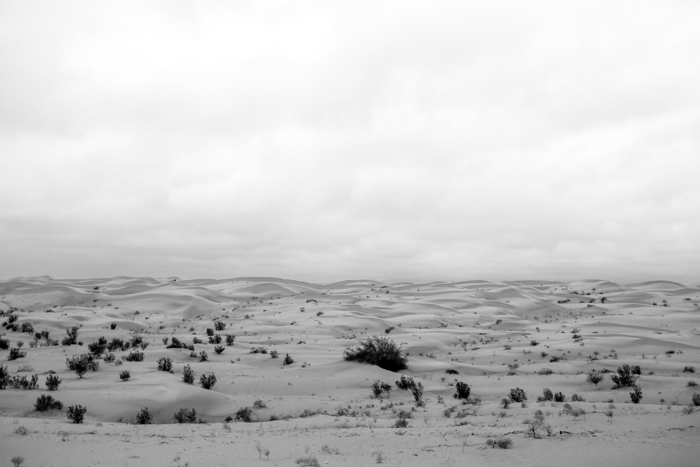
My recent poor-weather adventure
It had been a while since I took my camera out in a less-than-idyllic weather scenario, but I happened to find myself both on the road and with camera in tow during the most recent bout of storms to hit the west coast. (And by “less-than-idyllic,” I mean just shy of monsoon-esque conditions.
Well, not really; but by southern California standards, a few water droplets does constitute “storm watch,” according to the local news, so… I digress.)
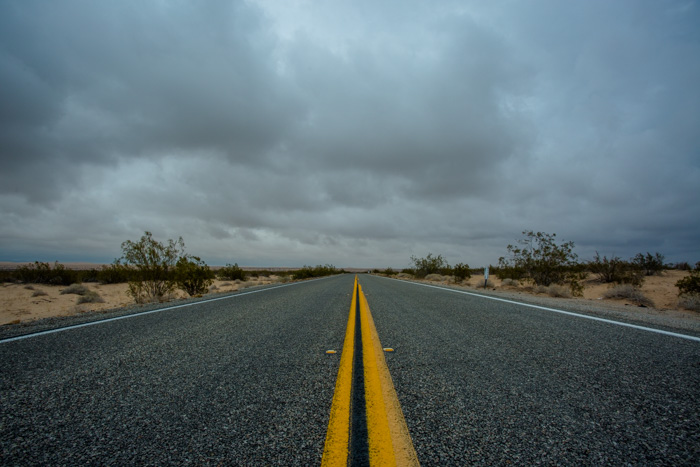
Using cloud-cover as a natural diffuser
The most critical aspect of my recent storm foray was the fact that nary a ray of sunshine could be seen throughout the ominous grey sky. Which, to the uninitiated photographer, is essentially akin to covering the sun with a massive diffuser. In short, it makes the available light absolutely perfect, and not unlike that which you would get at dawn or dusk (sans the brilliant colors, of course).
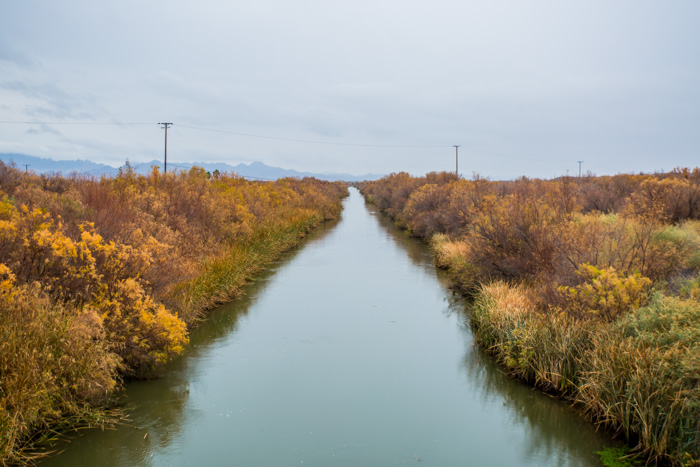
And so, while I was shooting in the aforementioned conditions, I realized two things: 1) I need to do this more often (as I was quite happy with the resultant images), and 2) I need to always have rain gear for my camera stowed somewhere in my vehicle.
Weatherproofing your gear
Here’s a tip: in the absence of somewhat expensive rain protection for your camera, a plastic grocery bag suffices quite nicely in a pinch. Simply cut or tear a hole in the bottom of the bag large enough through which to fit your lens, and then use the open (top) side of the bag to control your setting and shutter. You may get a few water droplets on the edge of the lens, but your camera body should stay relatively dry.
*Mike Newton here* I’m updating this post here as two readers below have have shared excellent recommendations of using a shower cap to protect your camera as well. You can save youself some money by taking the cheap plastic ones that are provided in many hotel/motels as well!
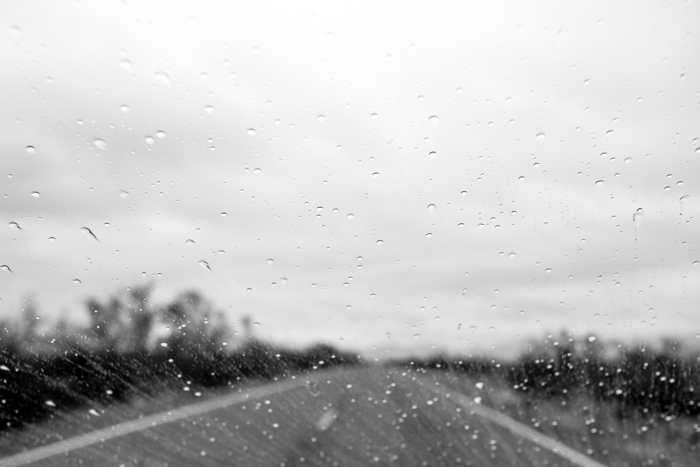
And speaking of water droplets, if you’re shooting in the rain, it’s always a good idea to check your lens/filter (whatever happens to be exposed) for water before depressing your shutter. I’ve had enough images ruined by water droplets that I can honestly say I learned my lesson the hard way. Sure, it’s possible to fix in post, but it’s far from easy, depending upon the location of the droplet. Better to check prior to shooting and avoid the potential headache down the road.
I know it’s difficult to get excited about shooting in cold, cloudy and possibly wet weather, but the next time you’re faced with that exact scenario, grab your camera gear (and some plastic bags) and get outside. You’ll be glad you did…

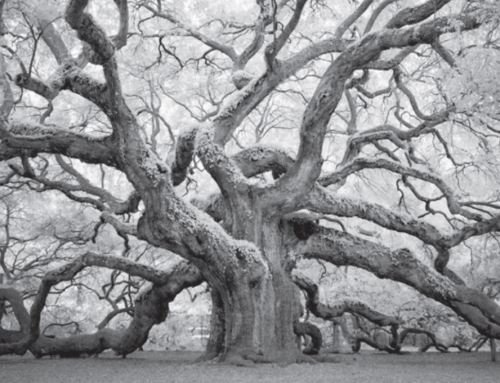
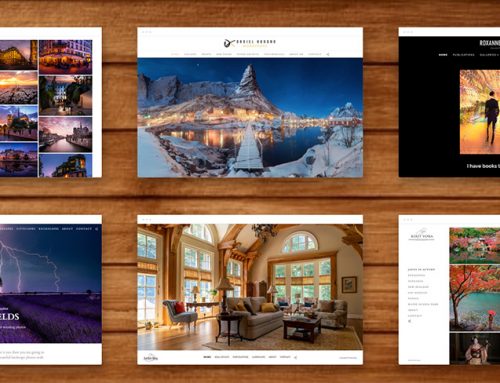
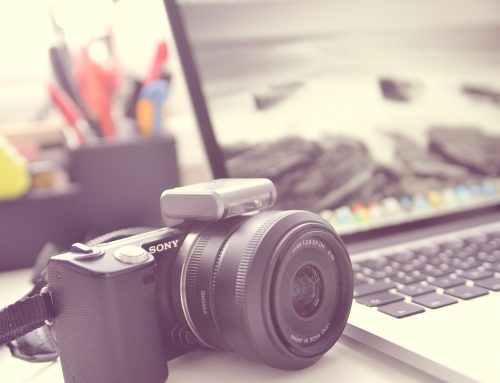
Some motivational thoughts come from your ideas. I love the thought of using the clouds to supplement diffusion in normal bright conditions or having to plan a shoot at unearthly hours. Thanks for the information.
Thanks for the encouraging article. Some useful motivation too.
I find a shower-cap handy for protecting my camera in the rain too.
Regards,
John
Thanks a lot Mike i like to read you and your photos.Iam learning. THANKS.
Thanks Dave, Bradley is a hell of a photographer and has some great ideas!
Hi John,
Using a shower cap is a great idea! Thank you for sharing this tip with us!
I’m glad to hear it Aris!
Often I use a lens hood to avoid rain drops on the lens. Works very well and you avoid wipe marks on the lens.
That is a great suggestion Remko, thank you for sharing :)
I’ve captured some of my best photos on crappy weather days. Enjoyed your article, it grabbed my attention, and now I’m a HP subscriber AND contributor!
John, you might expand upon your comment about using a shower cap by suggesting that folks save the shower caps they supply in hotels and motels. They are free, lightweight and take up almost no room at all in your camera bag. By the way, some of us have been doing this since the film days. It works.
Hi Charles,
That is a great idea! I’ll update the post to reflect that. Thank you for sharing this excellent tip Charles!